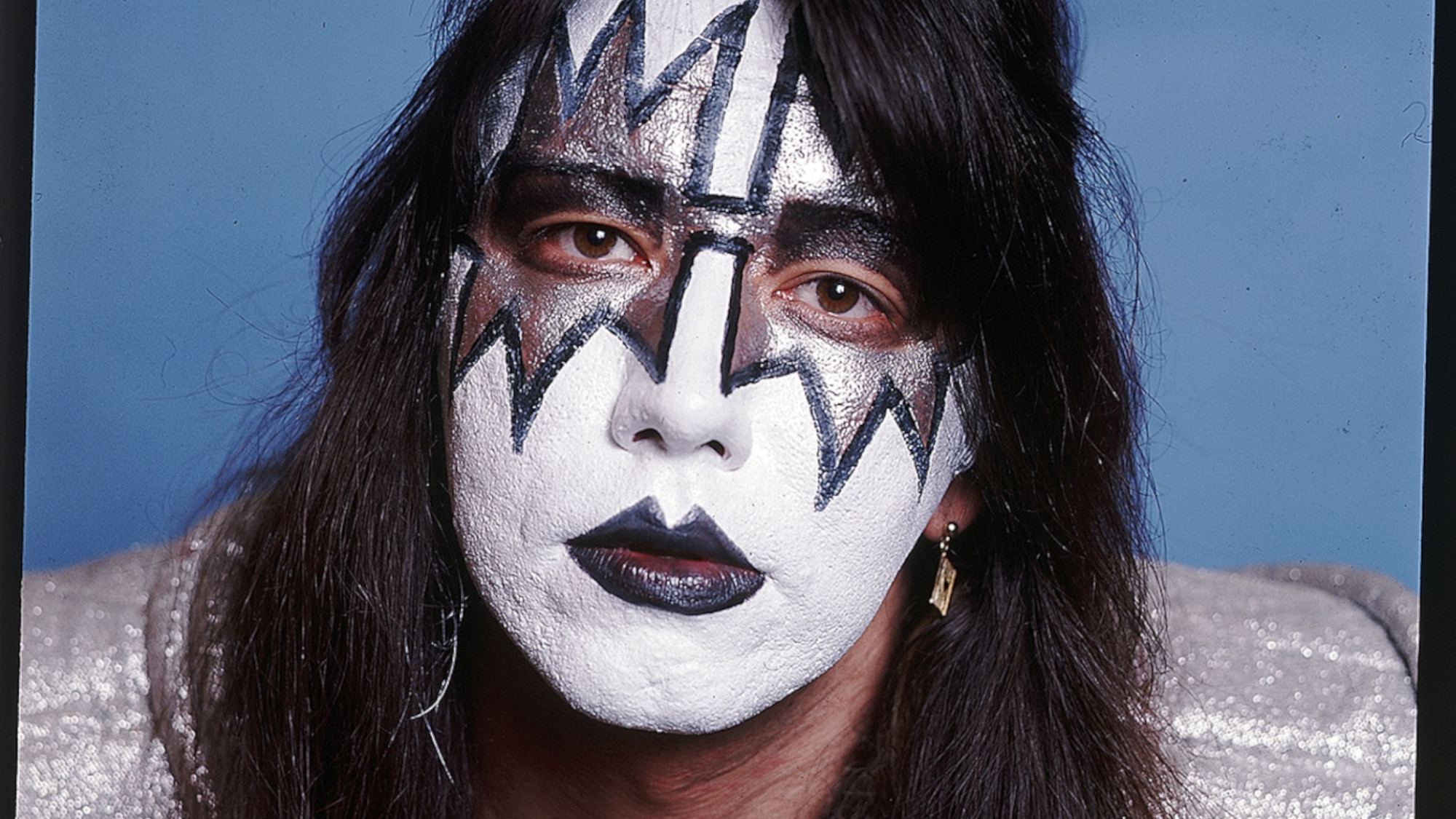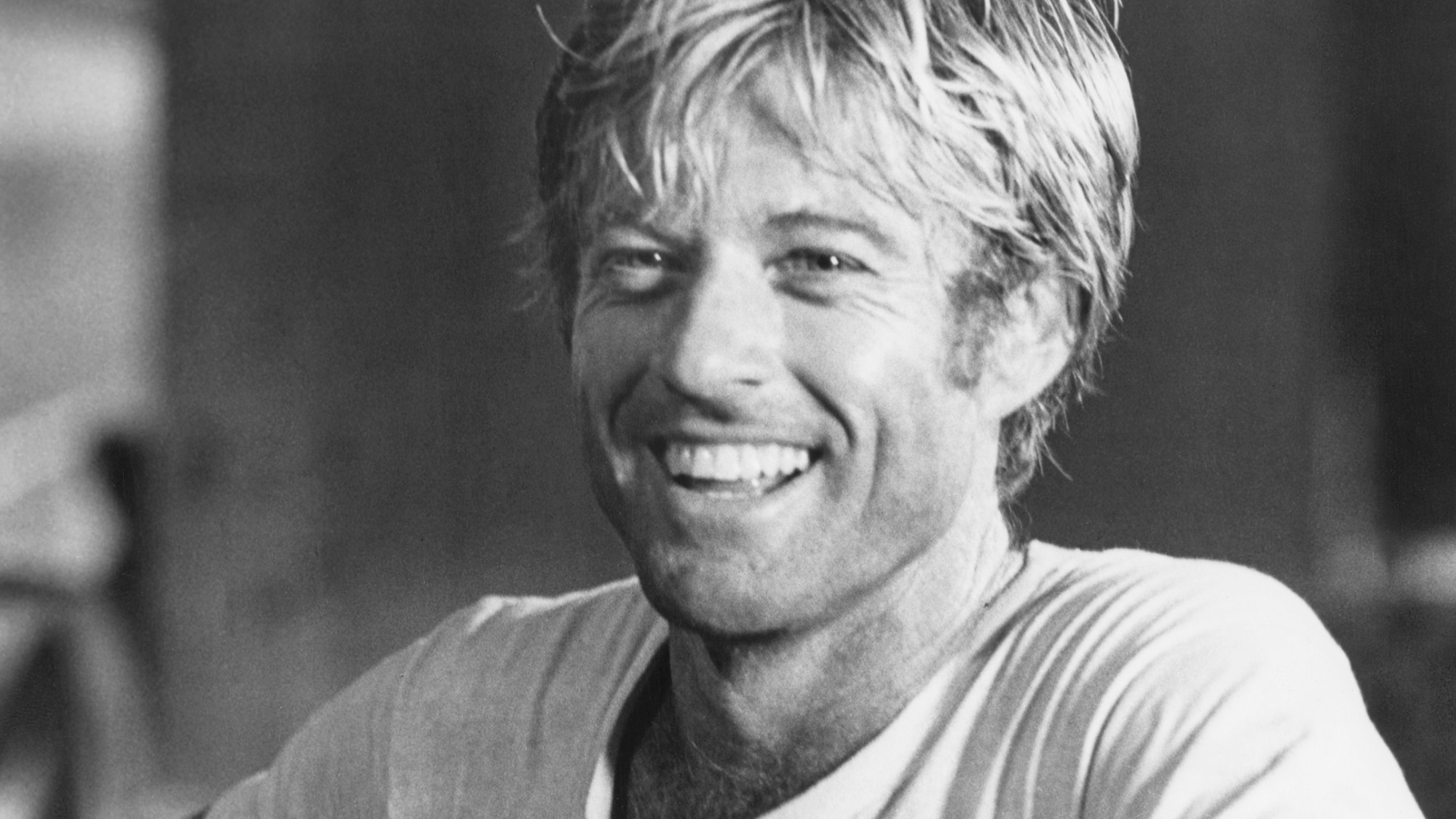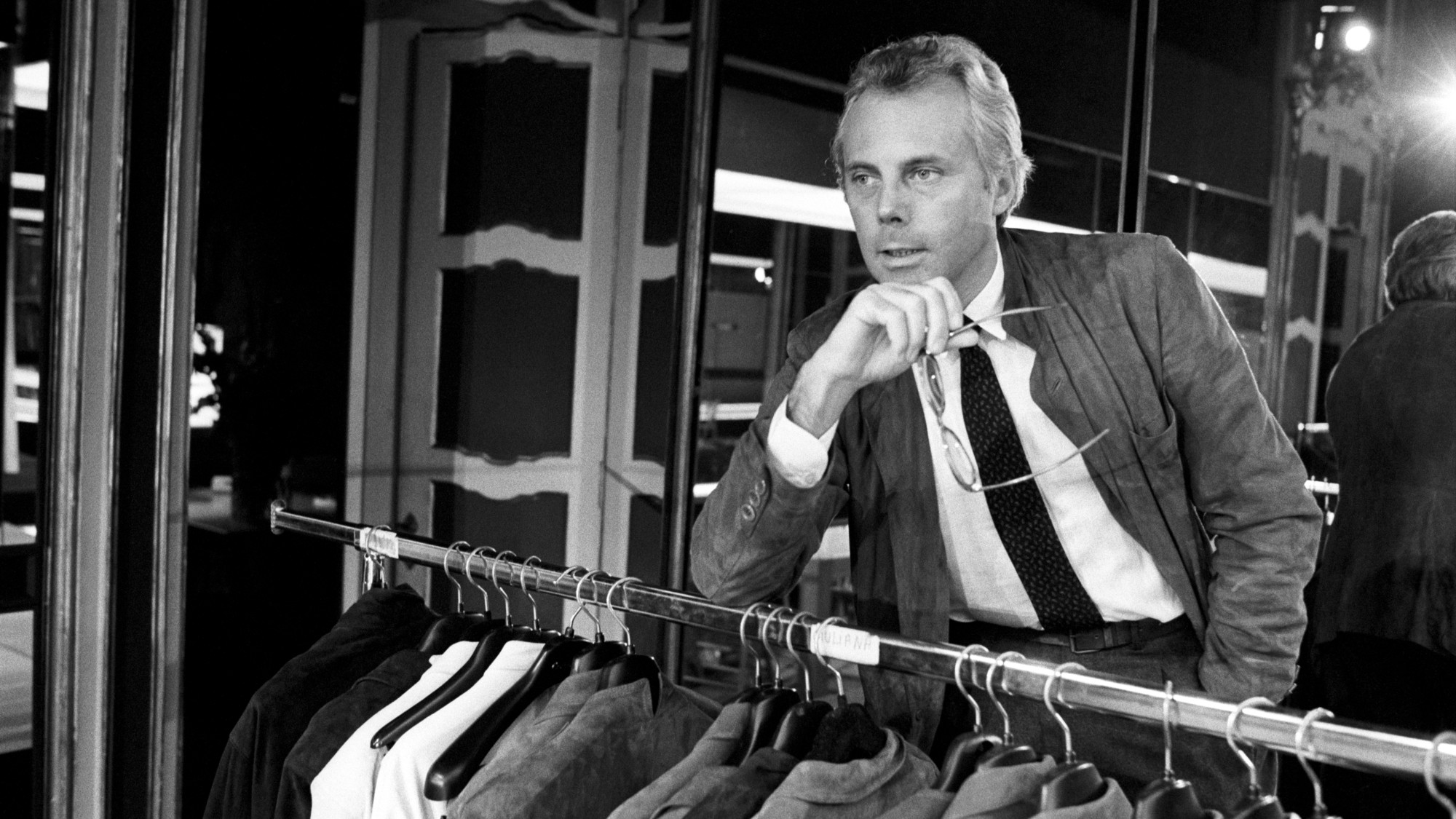Maurice Sendak, 1928–2012
The artist who reimagined children’s books
Maurice Sendak was just 4 years old when the kidnapping of Charles Lindbergh’s baby son gripped the nation. He quickly concluded that if such a famous child wasn’t safe, he “had no chance” as a poor, sickly, and bedridden kid. “My life hung on that baby being recovered,” he later said. “Something really fundamental died in me” when he was not. Sendak would carry the shadows of his childhood fears into the work that made him the most influential children’s book author of his generation.
The Lindbergh kidnapping wasn’t the only such shadow, said the Associated Press. Sendak’s childhood in Brooklyn was marked by “the tears shed by his Jewish-Polish immigrant parents as they’d get news of atrocities and the deaths of relatives and friends.” His refuge, from an early age and into his teens, was drawing. After a number of odd jobs, including as a window dresser for New York toy store FAO Schwarz, Sendak started landing jobs illustrating children’s books, and by 1957 he was writing his own.
The one that made his career was Where the Wild Things Are, “a startling departure from the sweetness and innocence that ruled children’s literature,” said the Los Angeles Times. Published in 1963, the story of Max—an unruly boy who ventures “into a menacing forest to tame the wild beasts of his imagination”—was banned by libraries and criticized by psychologists, but embraced by a public that made it one of the best-selling and most enduring children’s books of all time.
The Week
Escape your echo chamber. Get the facts behind the news, plus analysis from multiple perspectives.

Sign up for The Week's Free Newsletters
From our morning news briefing to a weekly Good News Newsletter, get the best of The Week delivered directly to your inbox.
From our morning news briefing to a weekly Good News Newsletter, get the best of The Week delivered directly to your inbox.
Sendak’s “lifelong melancholia” showed in some of his later works, too, said The New York Times. His picture book We Are All in the Dumps With Jack and Guy was “a parable about homeless children in the age of AIDS,” and Brundibar, with text by playwright Tony Kushner, was “based on an opera performed by the children of the Theresienstadt concentration camp.”
Sendak took himself seriously as a self-styled “kiddie-book author,” said the New York Daily News, and he wanted children to be taken seriously, too. “They are a better audience and tougher critics,” he said. “Kids tell you what they think, not what they think they should think.”
A free daily email with the biggest news stories of the day – and the best features from TheWeek.com
-
 Joanna Trollope: novelist who had a No. 1 bestseller with The Rector’s Wife
Joanna Trollope: novelist who had a No. 1 bestseller with The Rector’s WifeIn the Spotlight Trollope found fame with intelligent novels about the dramas and dilemmas of modern women
-
 Frank Gehry: the architect who made buildings flow like water
Frank Gehry: the architect who made buildings flow like waterFeature The revered building master died at the age of 96
-
 R&B singer D’Angelo
R&B singer D’AngeloFeature A reclusive visionary who transformed the genre
-
 Kiss guitarist Ace Frehley
Kiss guitarist Ace FrehleyFeature The rocker who shot fireworks from his guitar
-
 Robert Redford: the Hollywood icon who founded the Sundance Film Festival
Robert Redford: the Hollywood icon who founded the Sundance Film FestivalFeature Redford’s most lasting influence may have been as the man who ‘invigorated American independent cinema’ through Sundance
-
 Patrick Hemingway: The Hemingway son who tended to his father’s legacy
Patrick Hemingway: The Hemingway son who tended to his father’s legacyFeature He was comfortable in the shadow of his famous father, Ernest Hemingway
-
 Giorgio Armani obituary: designer revolutionised the business of fashion
Giorgio Armani obituary: designer revolutionised the business of fashionIn the Spotlight ‘King Giorgio’ came from humble beginnings to become a titan of the fashion industry and redefine 20th-century clothing
-
 Ozzy Osbourne obituary: heavy metal wildman and lovable reality TV dad
Ozzy Osbourne obituary: heavy metal wildman and lovable reality TV dadIn the Spotlight For Osbourne, metal was 'not the music of hell but rather the music of Earth, not a fantasy but a survival guide'

